No Talking! Board Games That Shine Without Words Only Silence
If you’re looking for unique games that challenge communication without relying on speech, no-talking board games offer an unforgettable experience. They use gestures, expressions, deduction, and even silence itself as key parts of the fun. Instead of long explanations or verbal bluffing, the charm lies in understanding and being understood without saying a word.
These games are perfect for groups, as they create light tension, surprising teamwork, and plenty of laughter.
Here are some of the best titles that turn silence into entertainment.
Azul
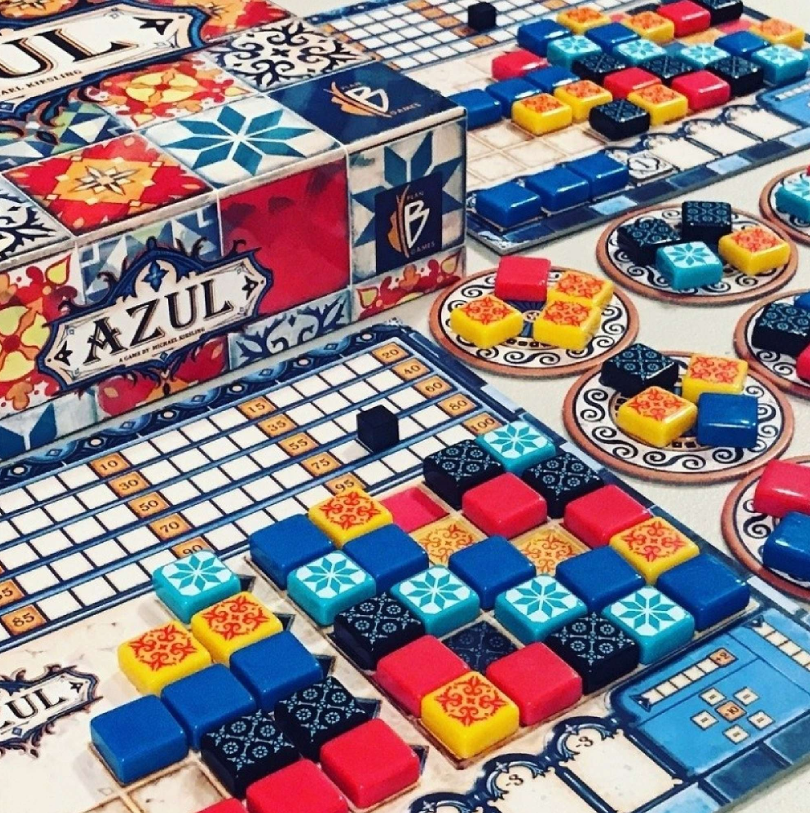
- Players: 2–4
- Play time: 30–45 minutes
- Recommended age: 8+
Inspired by Portuguese tile art, Azul has players collecting colorful tiles to complete patterns on their individual boards. It seems simple, but choosing the wrong color can throw off your entire plan.
In silence, the game takes on another dimension. Each choice reshapes the options for the group, and the quiet struggle for the best tiles creates a mix of elegance and chaos.
The beauty of the finished board combined with the rising tension each round makes the experience a blend of art and strategy. This is a game that shines most when played in silence.
Sushi Go
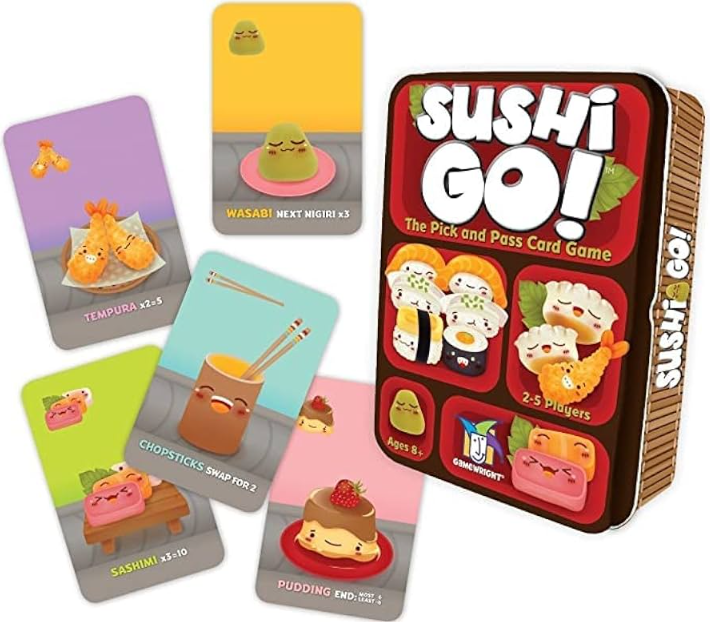
- Players: 2–5
- Play time: 15 minutes
- Recommended age: 8+
Quick and accessible, Sushi Go is a card-drafting game where players build the best sushi meal. Cards move from hand to hand, and everyone selects at the same time.
The silence is part of the comedy. Each player quietly hopes the perfect sashimi or dessert will come back to them (which rarely happens). The fast chase for combos creates hilarious moments without a single word.
The fun comes from anticipation and silent bluffing. You know what you want, but you also need to guess what others will take. A lighthearted classic that works with any group.
The Mind
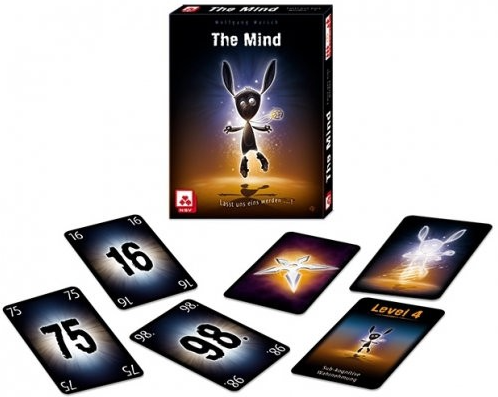
- Players: 2–4
- Play time: 15 minutes
- Recommended age: 8+
The Mind is minimalist yet brilliant. Players must place cards in ascending order without saying anything. Coordination comes only from pauses, glances, and instinct.
Here, silence is not just a rule but the heart of the tension. Every hesitation raises the stakes, and when someone plays too soon or too late, the group bursts into laughter and frustration.
With increasing levels of difficulty, The Mind shows how silence can create surprising bonds between players. Sometimes it feels like telepathy, and that is what makes it so addictive.
Tranquility
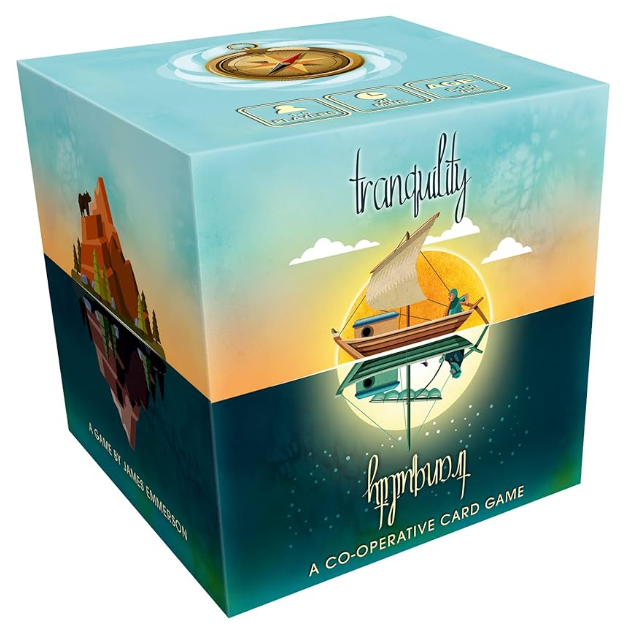
- Players: 1–5
- Play time: 20 minutes
- Recommended age: 8+
This cooperative game challenges players to complete a map of islands with numbered cards in sequence, but without speaking. Communication is limited to the way cards are played.
The atmosphere is paradoxical. The game is called Tranquility, yet the tension of trying to guess teammates’ intentions in silence is anything but calm.
As the grid fills, space grows tighter and risks increase. It is a mix of visual serenity and silent pressure that makes every move thrilling.
Magic Maze
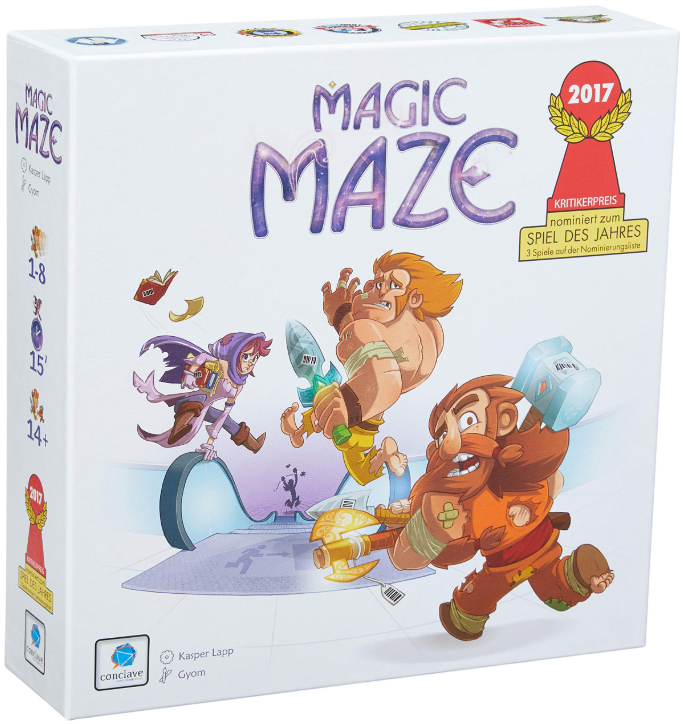
- Players: 1–8
- Play time: 15 minutes
- Recommended age: 8+
Chaotic by design, Magic Maze puts fantasy heroes in a shopping mall where they must steal gear and escape. The twist is that no one can talk, and actions unfold in real time.
Silence quickly turns into panic. Everyone knows what needs to be done but cannot say it. The result is frantic movement, desperate looks, and bursts of confusion.
This is the kind of game where chaos becomes laughter. When the group finally escapes, the relief feels as big as the silence-driven mess that came before.
Mysterium
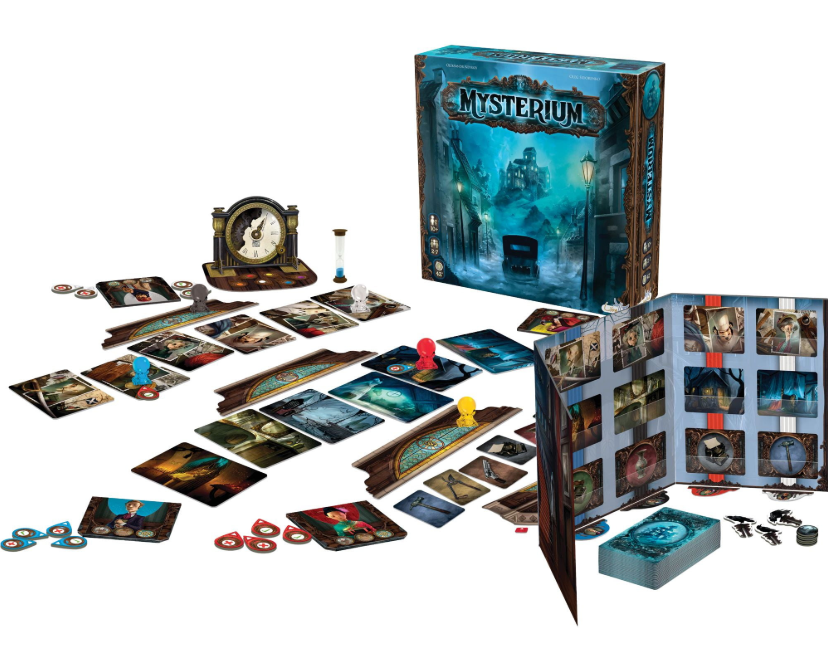
- Players: 2–7
- Play time: 45 minutes
- Recommended age: 10+
One player is the ghost of a murder victim trying to reveal how they died, but can only communicate with mysterious images. The others must interpret these visual clues to identify the culprit.
Silence is at the heart of the experience. Detectives can talk freely, but the ghost remains quiet. The challenge of conveying complex ideas only with illustrated cards makes every session unforgettable.
Each reveal brings satisfaction and surprise, creating an atmosphere that feels almost cinematic. Mysterium is so immersive it feels like a playful séance disguised as a board game.
Tsuro
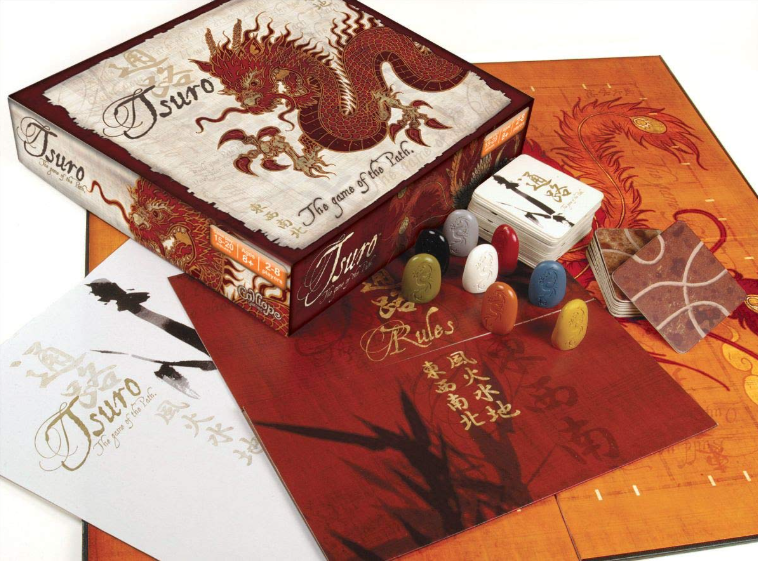
- Players: 2–8
- Play time: 15 minutes
- Recommended age: 8+
In Tsuro, players place tiles to build paths for their markers. The objective is simple: avoid being pushed off the board.
Silence makes it feel almost meditative, until an unexpected move sends your dragon flying off the path. Chaotic, fast, and visually striking, it works especially well for large groups.
The charm of Tsuro lies in its balance of simplicity and tension. One mistake can turn calm into disaster, but always in a lighthearted way.
Telestrations
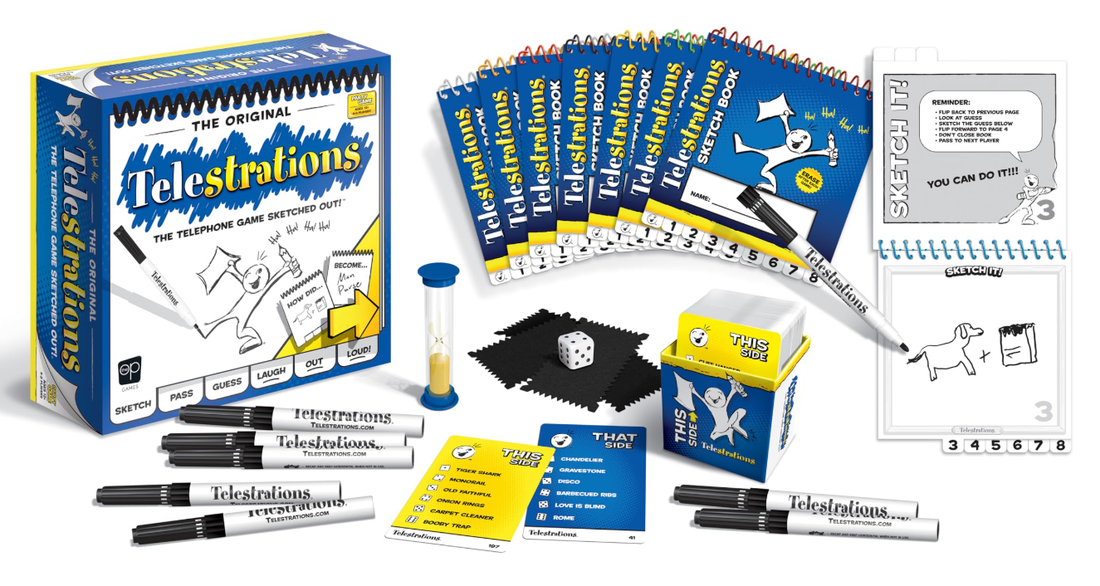
- Players: 4–8
- Play time: 30 minutes
- Recommended age: 12+
A mix of telephone and drawing. Each player draws a word, passes it along, the next writes what they think it is, and the process repeats. By the end, the results rarely match the original.
Silence makes it even funnier. No one can explain their drawings, and guesses spiral into chaos. It is almost impossible to finish a round without laughing.
Perfect for parties, it does not matter whether you are good at drawing. The joy comes from the mistakes and misunderstandings. Pure entertainment without speaking a word.
Splendor
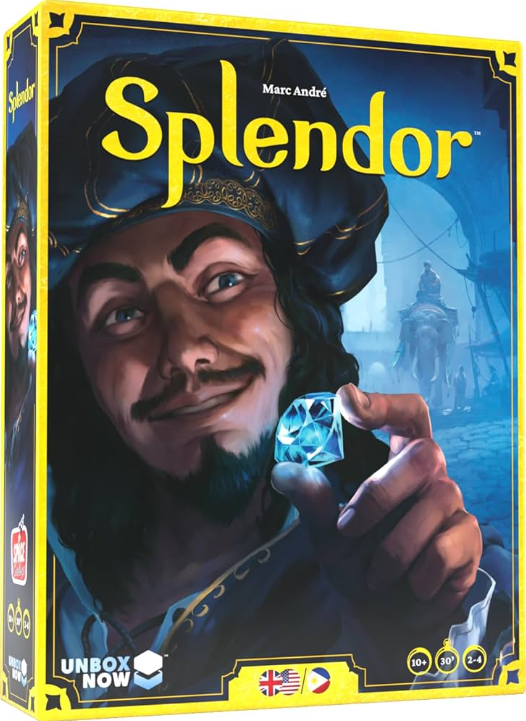
- Players: 2–4
- Play time: 30 minutes
- Recommended age: 10+
In Splendor, players take the role of Renaissance merchants competing for prestige by collecting gems and winning the favor of nobles. The actions are simple, but the strategy requires sharp focus.
Silence increases the tension. Watching the board and predicting your opponents’ moves is the true challenge. Every action feels calm, but the race for the best gems keeps the pressure high.
A glance or a pause can give away your plans. Playing quietly makes Splendor a subtle but intense battle of strategy.
The Crew
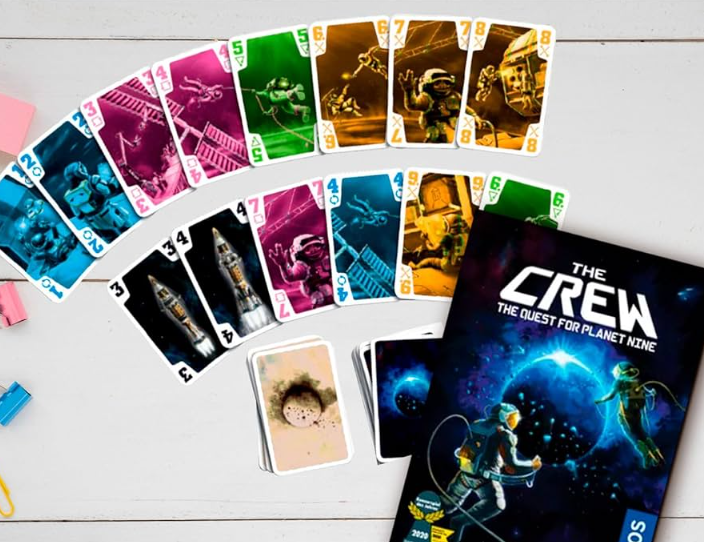
- Players: 2–5
- Play time: 20 minutes
- Recommended age: 10+
A cooperative trick-taking card game, The Crew puts players in the role of astronauts on a space mission with rising difficulty. Communication is extremely limited. Instead of talking, players can give small hints using markers on their cards.
This limitation makes every round a tense and exciting puzzle. The level of coordination required builds a sense of teamwork rarely matched by other games. Each silent victory feels like a major achievement.
With dozens of missions that get progressively harder, The Crew is addictive and tells a cooperative story that grows over time. It is a shining example of how silence can bring players together in a memorable way.
Sky Team

- Players: 2
- Play time: 20 minutes
- Recommended age: 12+
A two-player exclusive where one is the pilot and the other the co-pilot of a commercial airplane. Communication is extremely limited, and every choice matters.
Silence creates an atmosphere of pure suspense. Each dice roll can mean success or disaster, and the looks exchanged between pilot and co-pilot say more than words ever could.
Every successful landing feels like a real achievement. Few games capture so much tension and teamwork in such a short amount of time.
Conclusion
Playing board games without words proves that communication goes far beyond speech. Through glances, gestures, drawings, and instinct, they deliver unique experiences filled with fun chaos and silent teamwork.
Whether cooperating quietly or laughing at misunderstandings, these games make every session memorable. Which one would you try first? Share with us in the comments.











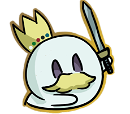
— commentaires 0
, Réactions 1
Soyez le premier à commenter